Spices are bright and diverse and add a
strong flavor to any dish. But did you know that we often buy
low-quality goods and cheap imitations. To help you identify the
difference between real and fake spices, read through this guide and
learn to identify the quality of spices you buy.
1. Cinnamon
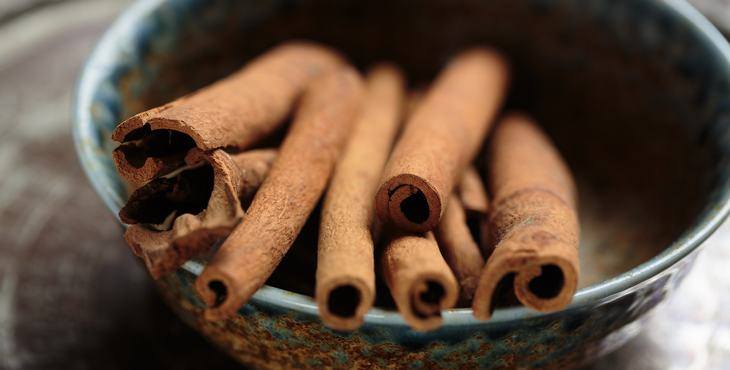

More often than not, Chinese cassia is
often sold instead of cinnamon. Though they look alike, cassia has a
weaker aroma. Cassia sticks are also thicker and more coarse. They also
tend to be curled mainly to one side. Ground cinnamon can be easily
distinguished from cassia by adding a drop of iodine into the powder. If
the spice turns blue, it is cassia.
2. Black peppercorn
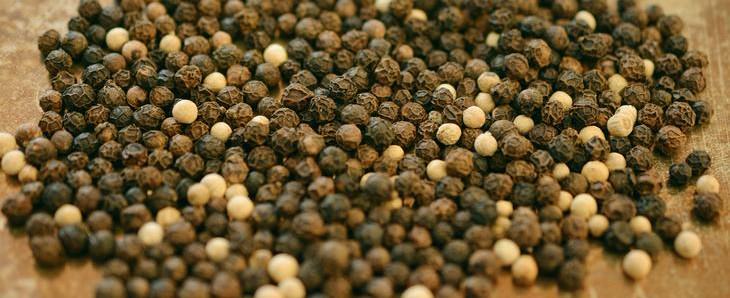

When crushed, a fresh black peppercorn
splits into large pieces, leaving a minimal fatty trace. If it is of a
poor quality, it will be very dry, if it is old, it will crumble into
small parts when crushed. White pepper should be creamy and slightly
coffee colored. If it is too white it will likely be bleached. White
peppercorns don't have shells.
3. Ginger root
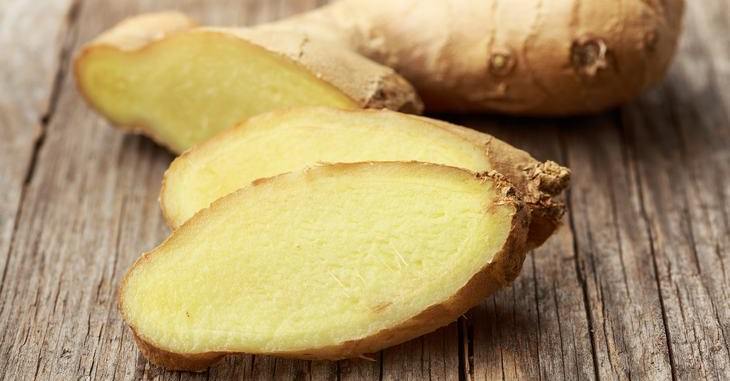


Ginger root should be smooth, hard, without
wrinkles and have a thin skin. If the ginger is wrinkled or mushy, then
it is stale. Opt for a ginger root that doesn't have too many growths
so that the pulp won't have coarse fibers.
4. Ground turmeric

Sometimes ground turmeric is replaced with
colored flavored flour. Thankfully, this is easy to recognize. If you
dissolve the powder in water, natural turmeric won't form whitish stains
on the surface. The whole root of turmeric is yellow or orange. The
skin is thin and its interior is bright. The root shouldn't be soft or
wrinkled.
5. Star Anise
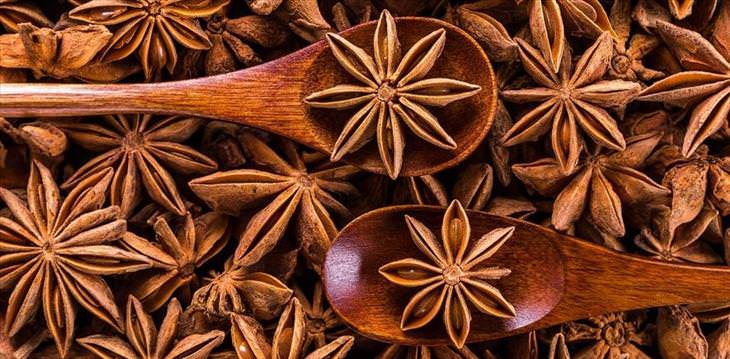

Star anise should be divided into 8
segments containing shiny seeds. If damaged, it will release some oily
liquid. Whereas if the stars are too brittle or too dark, it's old or of
poor quality.
6. Cardamom
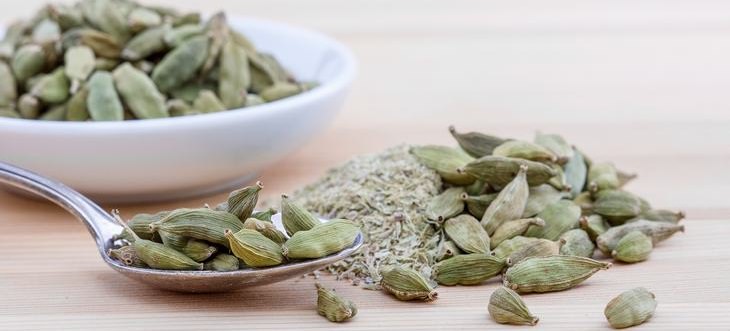

Cardamom pods should be large, their color,
olive or greenish. If it appears to be bright green, artificial colors
may have been used. If it appears yellow, it was wrongly dried or is
very old.
7. Nutmeg
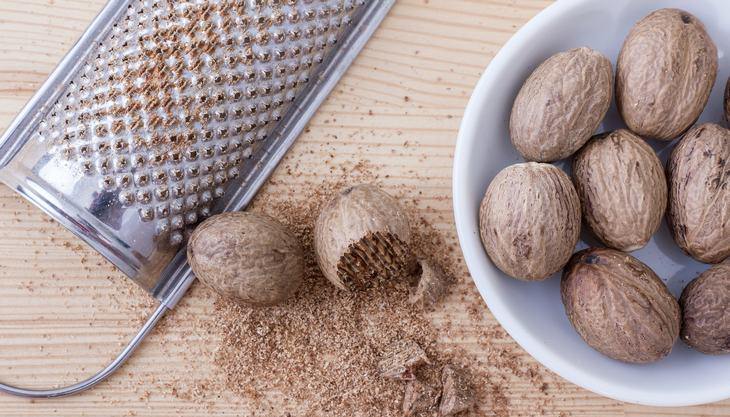

Nutmeg is large, oval and has a lot of
furrows inside. Fake nutmeg is a more elongated shape and has far fewer
furrows when cut.
8. Clove
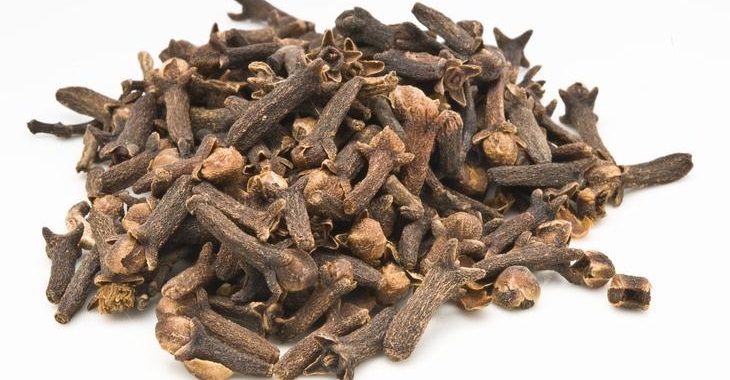

Clove buds should be brown with heads of a
lighter color than the stalks. Its aroma is strong and has a burning,
slightly bitter taste. Lower the buds into water to determine the
freshness. Fresh cloves float vertically, while old ones lie on the
surface of the water.
9. Vanilla pods
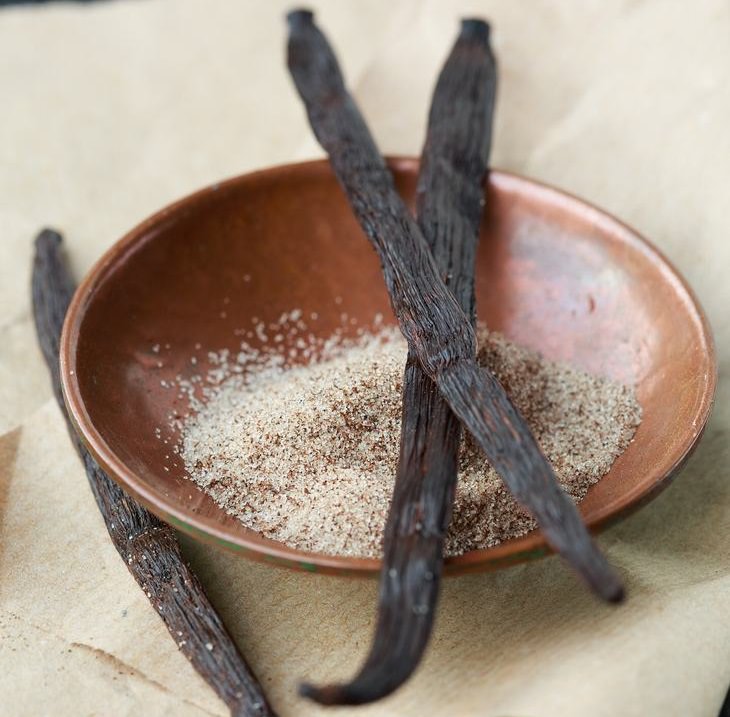
Vanilla pods retain their flavor for
several years. If they are of a good quality, they should have curls at
their ends. They appear chocolate in color, should be flexible and vary
in size from 15 to 25 cm (6-10") long. Even if they are not of the best
quality, the aroma of vanilla is still strong, unlike its synthetic
analog, vanillin.
10. Saffron
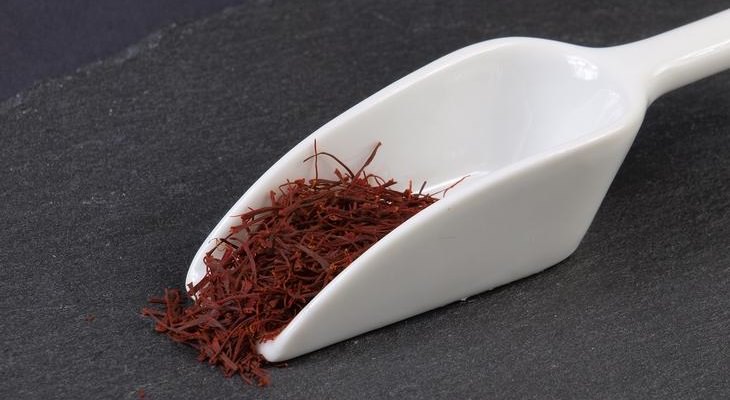

Natural saffron is very expensive, meaning
that if you happened upon saffron at a good price, it is most likely
fake, made from turmeric, safflower or dried beetroot. Real saffron
should be of a rich burgundy or dark red color. When ground, saffron
should have a powdery texture. If dissolved in water, it will color
after 15 minutes.